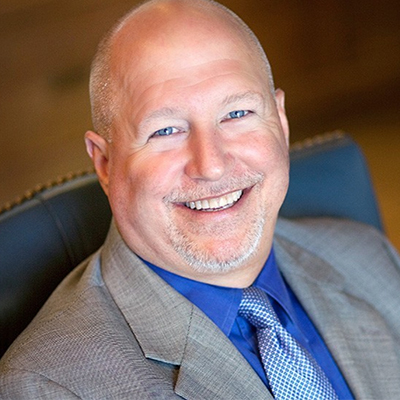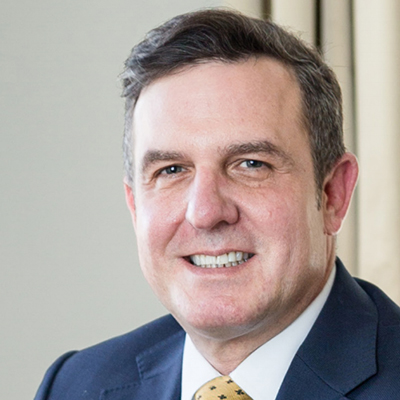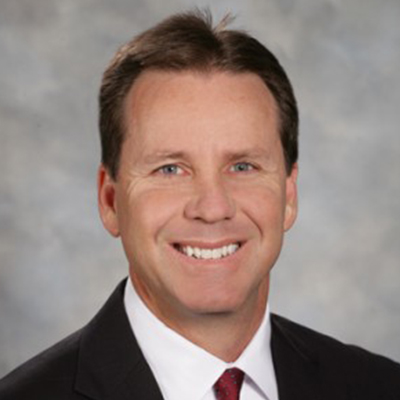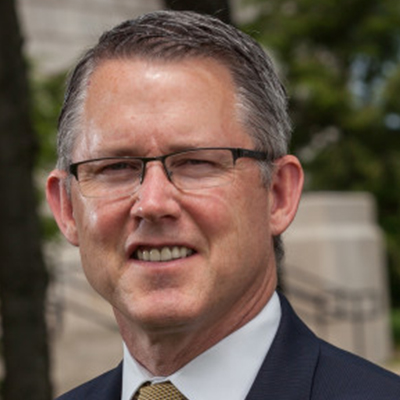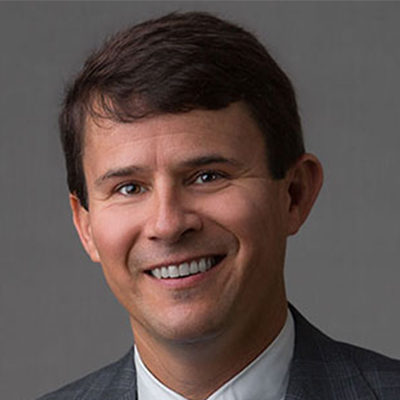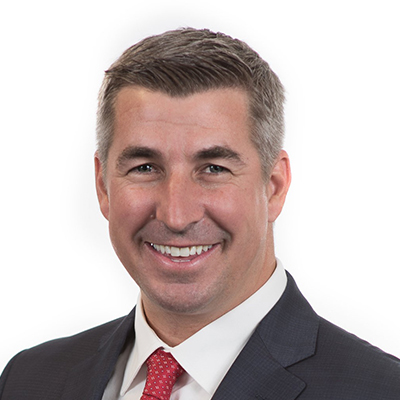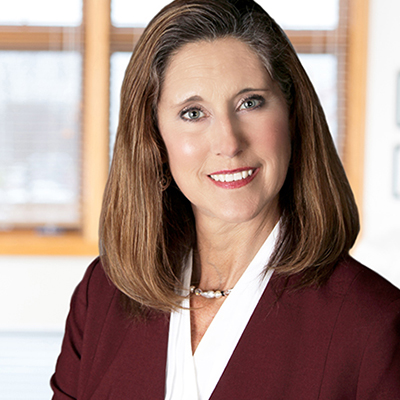When I stepped in as the new chairman and CEO of Munsch Hardt Kopf & Harr on Jan. 1, I realized that I had much to learn if I hoped to be effective in leading this $50 million enterprise.
Fortunately, I had the example and guidance of my predecessor, Jim Jordan, to help with the transition. I also sought the counsel of trusted friends and proven business management resources, such as Jim Collin’s excellent book, “Good to Great: Why Some Companies Make the Leap … and Others Don’t.”
The firm has survived — and, in many aspects, even thrived — during my first nine months as CEO. While I know that I don’t deserve much credit, I have discovered a few things along the way. Each day brings numerous opportunities for new learning, through the process of trial and error, happenstance and circumstance, and just plain luck. The following five lessons have proved the most helpful.
1. Know Who You Are.
Understanding the firm’s culture and fostering an environment that cultivates those unique aspects are critical to a firm’s future growth and success.
I started with a complete evaluation of the two key assets of Munsch Hardt: people and relationships. That meant looking at the members of the firm and at our clients.
Working with our executive director, I completed an analysis of each attorney at the firm. We studied their client relationships, the files on which they’re billing time and the matters on which they spend nonbillable time. Next, I reviewed more subjective data related to work groups, practice areas and individual attorneys, focusing on lawyers’ substantive skill sets and client management abilities.
Then, we did the same thing for our clients, pulling a list of our top 50 clients, analyzing trends in specific client groups and examining opportunities for improved representation.
Avoid the temptation to skip this step. One of the primary nuggets of wisdom from “Good to Great” was that leaders must first focus on the “who” before turning to the “what.” Assessing the firm included an honest appraisal of its strengths and weaknesses, in terms of the quality of legal services and market position with clients.
2. Determine Where You’re Going.
After focusing on who makes up the firm, it was time to look at our direction.
At Munsch Hardt, a long-term strategic plan provides the essential road map to future opportunities and the statement of purpose for the ongoing firm activities. The firm formulates its strategic plan on a three-year basis, allowing a continual evaluation of where the firm is heading and how it will get there. As a three-year period draws to a close, we discuss the plan and what changes to make for the next plan cycle. Throughout the three-year period, we review the plan and tweak as needed.
Developing a comprehensive plan requires obtaining broad-based input from all constituencies across the firm. The firmwide discussion begins with the management committee, moves to all shareholders and then expands to all attorneys for suggestions and comment about the plan. The process creates buy-in from attorneys at all levels, because of their collective investment in the firm’s strategic goal.
We move the strategic plan from an idea on paper to a concrete reality by having each section in the firm evaluate how the plan applies to its particular practice area: What do the overall goals mean for the corporate or litigation sections? The sections then drill down to the attorney level; every lawyer develops an action plan for his or her practice that comports with the section plan, which feeds into the firmwide plan.
3. Understand How the Firm Measures Success.
Often, firms measure their relative success strictly in terms of a single numeric evaluation. Whether the measuring stick is the number of attorneys, gross revenue, profits per partner or revenue per attorney, the resulting one-dimensional evaluation can fail to accurately reflect the organization’s progress or strength.
Escape this trap by using multiple objective metrics for evaluating firm performance. Also, consider the efficiency and effectiveness of the legal services delivered and the realization of invested time and resources — how do clients receive value, and how does the firm benefit from a particular matter or relationship?
Also examine more subjective elements related to client satisfaction and firm morale. This takes communication — both external, in the form of reaching out to clients, and internal, through a formal process of 360-degree evaluations, so people within the firm can evaluate others above or below them.
The firm should also tap into more informal feedback channels. For example, after Munsch Hardt moved into new offices, I heard through the grapevine that the new space meant less interaction among staff, which was leading to people feeling less connected. We added opportunities for people to get together and see each other, such as an ice cream social and impromptu happy hours.
4. Realize Leadership is by Consensus and Example.
Outside the firm setting, people misunderstand this topic more than any other. Unlike most business organizations, effective leadership within a firm comes by building a consensus through continual communication among the members of the firm rather than any power inherent in the CEO or managing partner position. Furthermore, a leader can only expect hard work and discipline from his fellow attorneys to the extent that he has demonstrated the same qualities in his practice.
Shortly after beginning my term as CEO of Munsch Hardt, my 11-year-old daughter asked how I liked being the boss. I responded by letting her know that I now answer to 100 bosses. That’s the reality of leading a firm.
5. Accept that Change is Constant.
This fact became evident almost immediately after taking the reins. Business cycles cause busy practices to slow and vice versa; attorneys join, leave and sometimes rejoin the firm; associate salaries move up (this seems to be more of a one-way trend); and software and hardware become dated and need upgrading. Managing these never-ending changes can be one of the most time-consuming duties for a firm CEO.
Anticipating the coming changes and finding the opportunities to move the firm forward clearly are the keys to success. To do this, firm leaders must manage by looking forward, not by looking in the rear-view mirror.
Approach change as an opportunity, as opposed to a nuisance. If it’s time to upgrade firm technology, don’t just view the task as getting a new software platform. Ask how the firm can use a new tool to communicate better, create a better work product and become more efficient.
New firm leaders can take heart in the fact that good management has more to do with common sense, discipline and hard work than bold new moves and true creative genius. I happen to find this quite a relief.
About the Author

Glenn Callison of Dallas is chairman and CEO of Munsch Hardt Kopf & Harr. He has served on the firm’s management committee and shareholder compensation committee, coordinated lateral hiring and led the firm’s hospitality practice group. His practice focuses on commercial real estate and business transactions. His e-mail address is gcallison@munsch.com.





